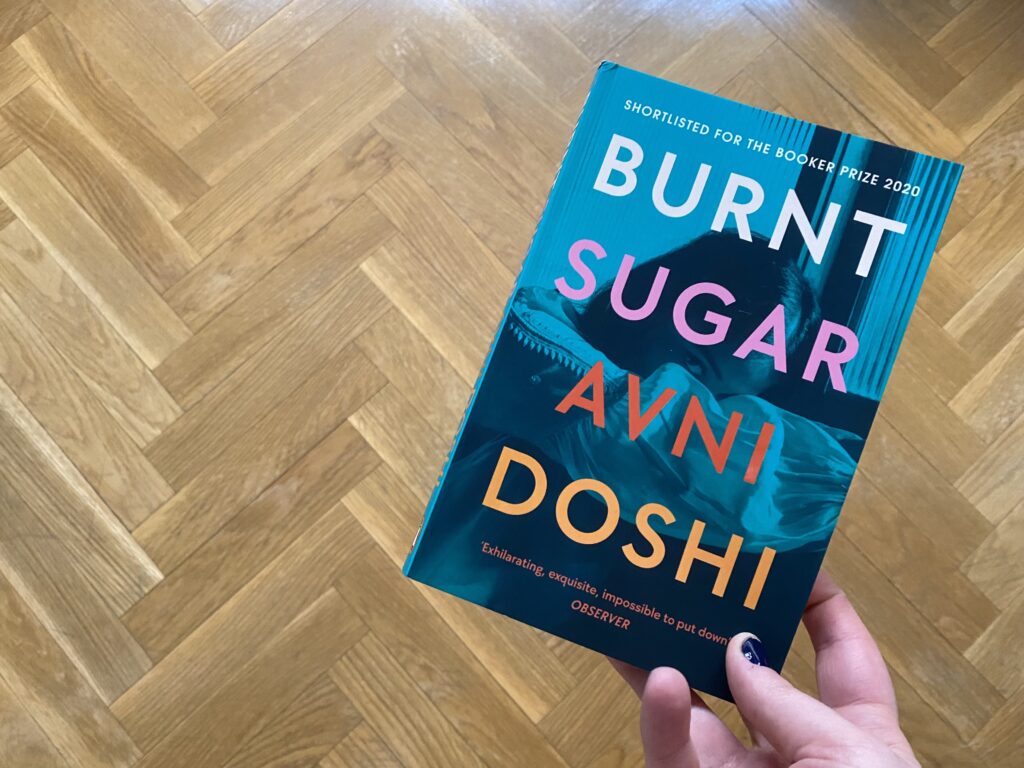Burnt Sugar, Avni Doshi
Burnt Sugar, longlisted for the Women’s Prize, recounts the history between a mother and her daughter, retold from the daughter’s perspective as she watches her mother suffer from some kind of dementia, possibly Alzheimer’s. Readers witness both mother’s and daughter’s trauma laid out side by side, and in the comparison, see how pain never really fades or dies; rather, it is passed on through the generations. The protagonist struggles not only with her past—why did her mother make this decision and thus cause her pain?—but also her future—is her work as an artist worthless? should she start over? should she have a child? all while trying to care for her mother who, at times, seems not to remember her at all and moves through her days in confusion, and at others, acts in complete clarity, such as when she destroys years worth of her daughter’s work because it portrays the face of one of her ex-lovers. The gleam she sometimes sees in her mother’s eyes make the protagonist question everything she thought she knew, from her mother’s love for her to the possibility that the dementia itself does not exist. This novel deals with trauma, memory, consciousness, and the relationships we are told we must hold dear and what happens when we don’t.
The Blue Flower, Penelope Fitzgerald
Penelope Fitzgerald’s final novel was long-listed for the first year of the Women’s Prize, and is set in late 18th-century Germany. It follows the real life poet and philosopher Fritz Hardenberg, later known as Novalis. In this fictionalized account, readers witness Fritz, around 20 years of age, fall in love with 12-year-old Sophie, the daughter of a family in a neighboring village. His love is idealized and romanticized, as one could expect when ‘in love’ with a child, but he faithfully waits until she is old enough for marriage, although before their engagement she falls dangerously ill and remains more or less bedridden. What makes this novel unique is its language: Fitzgerald obviously had a working knowledge of German, as can be seen from not only her insertion of German words and phrases throughout the novel, but the use German-esque language, which makes the English seem awkward and even poorly written if you don’t know what is going on. It’s similar to the English translation of the My Brilliant Friend series by Elena Ferrante, although done in a more simplistic way. This novel is one that I might not have chosen to read on my own, which is what I truly love about the Women’s Prize short and long lists; it’s like one long list of books that I am almost guaranteed to enjoy.


